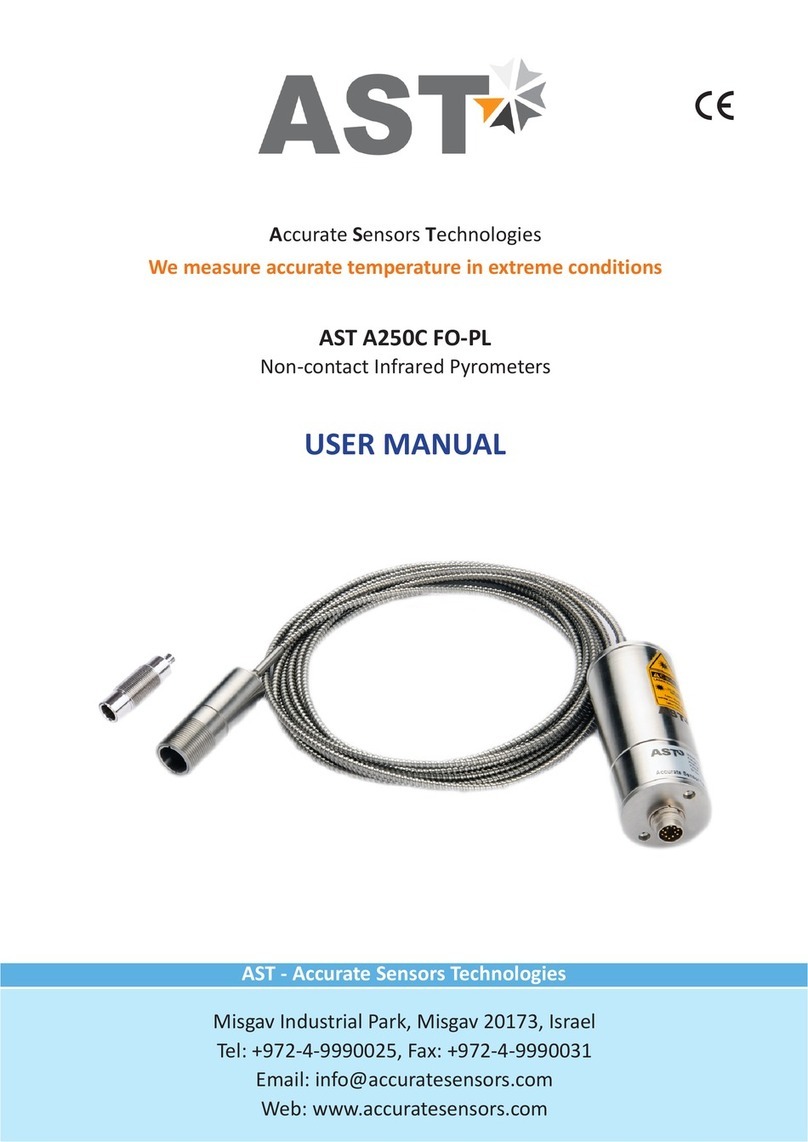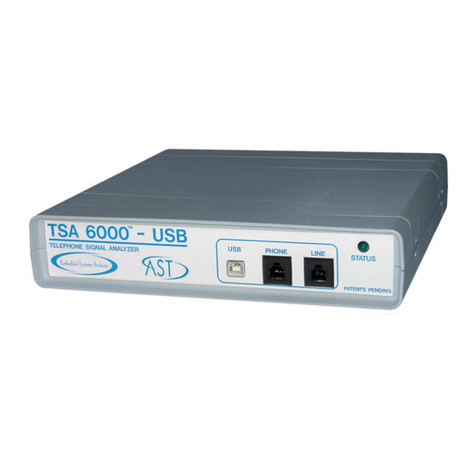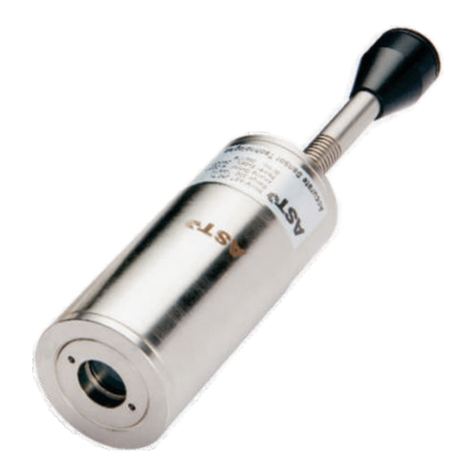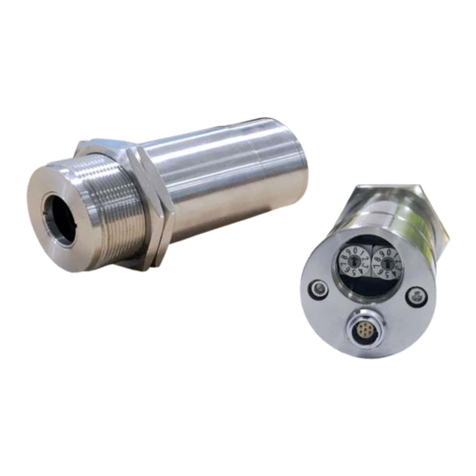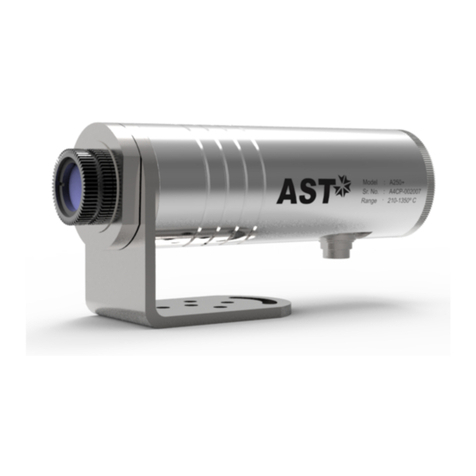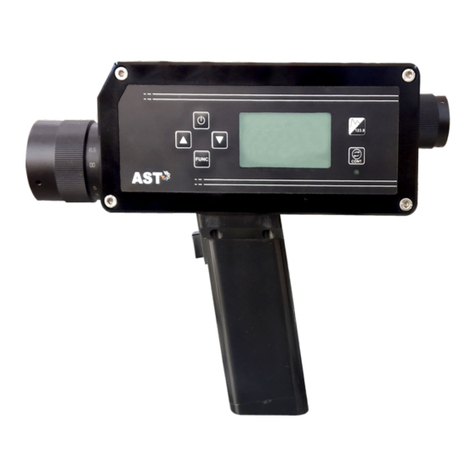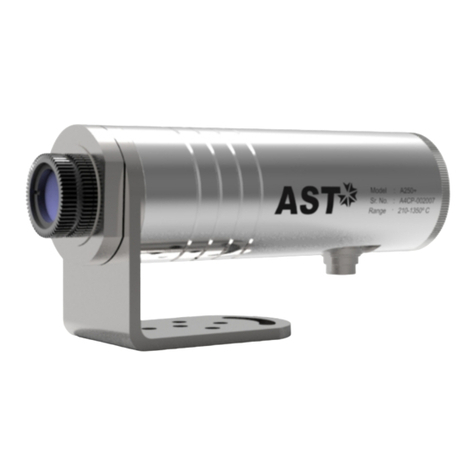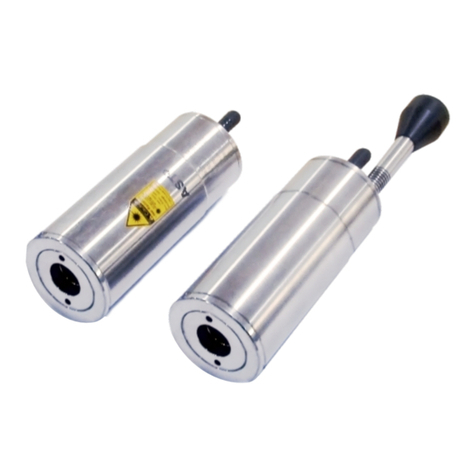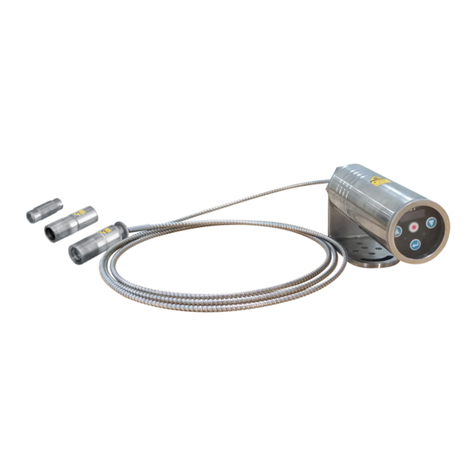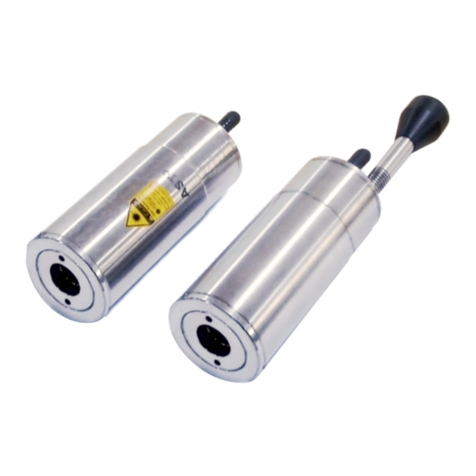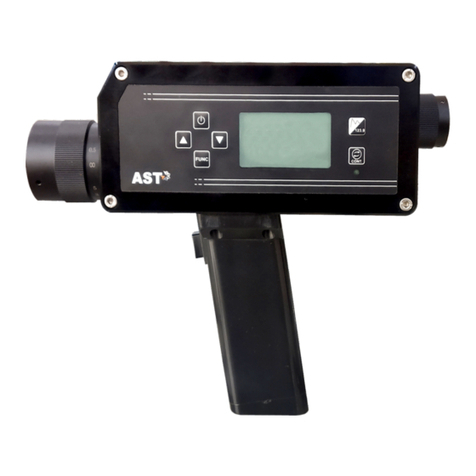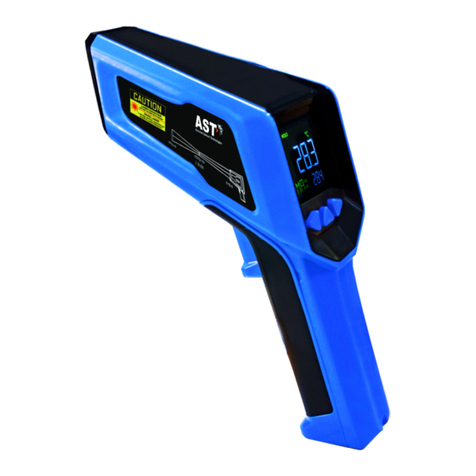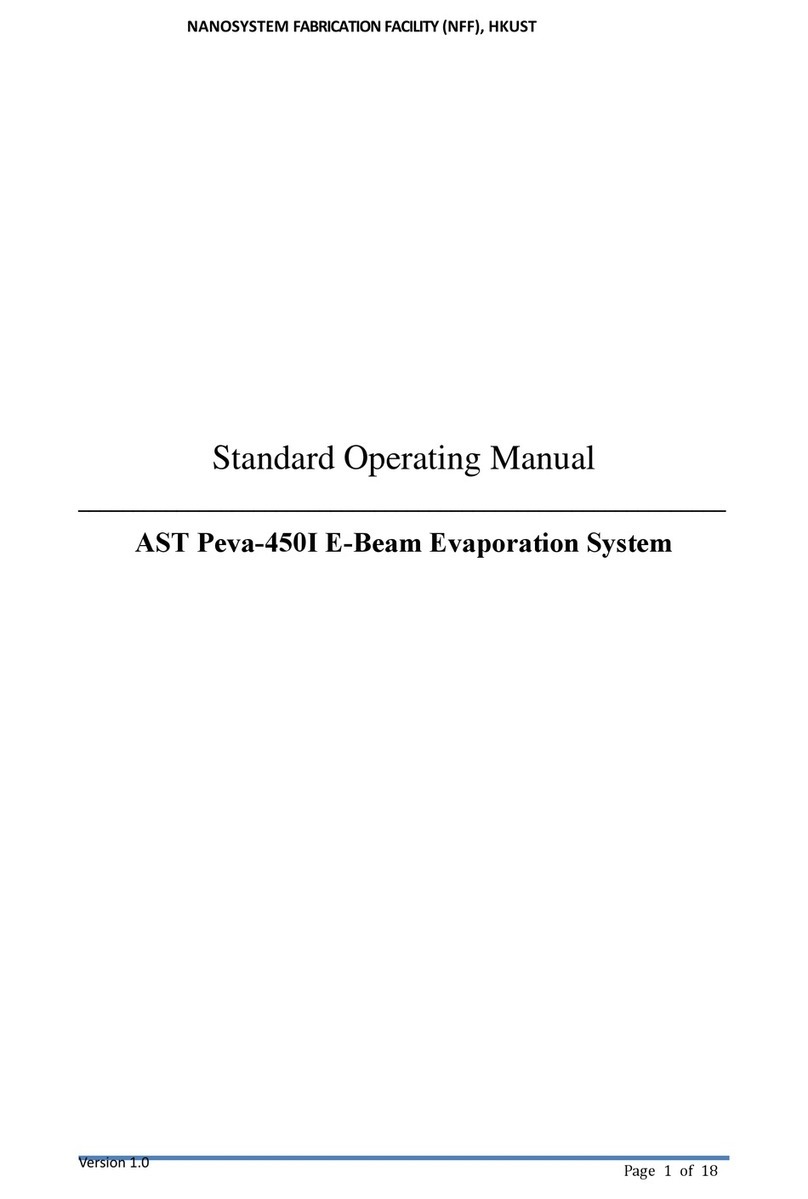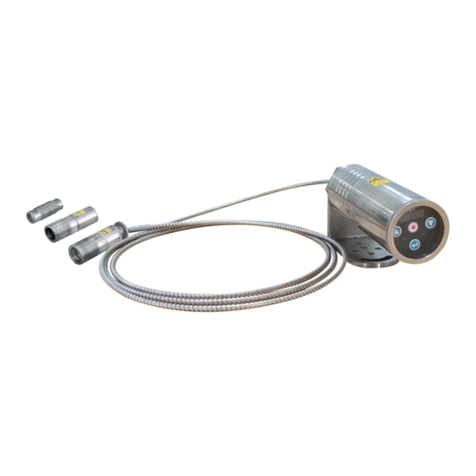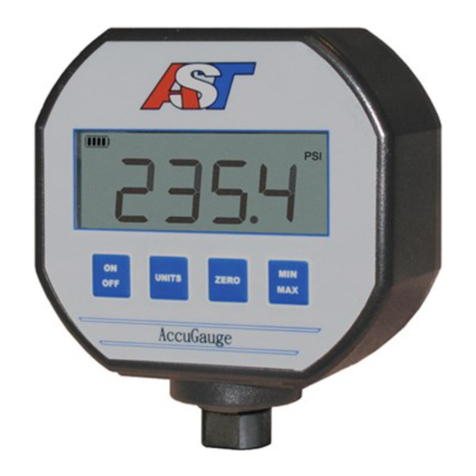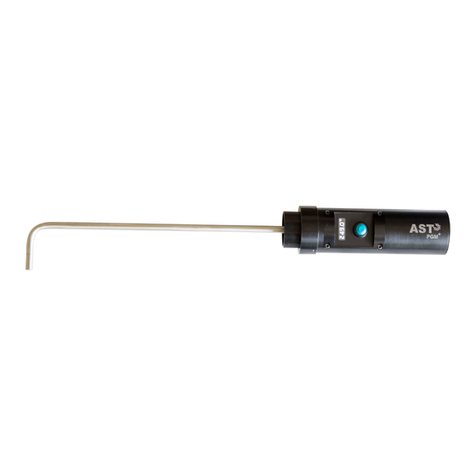
Accurate Sensors Technologies
5
Chapter - 3
Basics & Installation of the Pyrometer
3.1 Infrared temperature measurement of an object
Each and every object emit definite amount of infrared radiation and its intensity varies according to the
temperature of object. Wavelength of infrared radiation lies approximately between 0.7 to 1000 µm depending on
the material and properties of object. Infrared radiations are sometimes also referred to as “heat radiations”
depends mostly on the material. This material dependent constant value is known as “emissivity”, have a look at
appendix B for emissivity values.
3.1.1 Emissivity (Ɛ)
Emissivity is the ratio of energy radiated from an object to the exterior and energy radiated from blackbody.
The emissivity varies with the surface condition of the object and also with temperature variation and wavelength. If
this value is not accurate, then the true temperature cannot be measured. In other words a variation or change in
emissivity will cause a change in the measurement.
If the value of emissivity low, your measured results may contain some errors due to interfering infrared
radiations form objects which are behind the target object like heating systems, fireclay brisk etc. Usually such type
of problems occurs while measuring very thin materials like glass, plastic etc or some reflecting surface.
This error can be reduced if the sensor is shielded from reflecting radiation sources and also by properly, carefully
installing the device.
By the application of Kirchhoff's law of thermal radiation “at thermal equilibrium, the emissivity of the body is
equal to its absorptivity (α)”. So for perfect black body, Ɛ is 1 while any real object would have Ɛ less than 1. Also the
transmissivity (т) and reflectivity (ρ) is zero. The sum of absorptivity, reflectivity and transmissivity is always 1.
α + ρ + т = 1
By emissivity factor materials can be categorized as
üMetals
üNon metals
üTransparent materials
3.1.2 Calculation of emissivity of target object
There are various methods to do so but one of most prominently used is Calculate the actual temperature of
target object using a RTD, Thermocouple etc. Measure the object's temperature; and adjust emissivity settings
unless correct temperature value is reached. Hence correct emissivity is measured of the target object.
3.2 Installation
3.2.1 Mechanical installation of pyrometer
After all preparations are completed you can install pyrometer. Installation of pyrometer depends on the type
of bracket you are using and the type of surface.
Basics of


